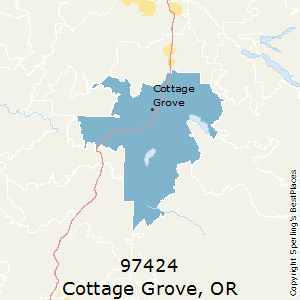Martial Law Executive Order: What You Need to Know

Understanding the implications of a Martial Law Executive Order is crucial for every citizen. Whether you're researching for informational purposes or looking for practical steps to prepare, this guide provides essential insights. Martial law can significantly alter daily life, governance, and personal freedoms, making it vital to know what it entails and how it might affect you. From historical contexts to current implications, this post covers everything you need to know about martial law executive orders, ensuring you’re well-informed and prepared.
What is a Martial Law Executive Order?

A Martial Law Executive Order is a decree issued by a government, typically in times of crisis, that allows the military to take control of civilian functions. This order can suspend ordinary laws and civil liberties, prioritizing security and order. It’s often declared during national emergencies, civil unrest, or natural disasters. Understanding its scope is key to navigating its impact on society.
Key Provisions of Martial Law

When martial law is declared, several critical changes take place:
- Curfews: Restrictions on movement to maintain order.
- Military Trials: Civilian cases may be handled by military courts.
- Suspension of Rights: Certain constitutional rights may be temporarily paused.
📌 Note: The extent of these provisions varies depending on the country and the specific order.
Historical Examples of Martial Law

History provides numerous examples of martial law, each with unique outcomes. For instance:
| Country | Year | Reason |
|---|---|---|
| United States | 1861 | Civil War |
| Philippines | 1972 | Political Unrest |

These cases highlight the diverse applications and consequences of martial law, emphasizing the importance of context.
How to Prepare for Martial Law

Preparation is key if you anticipate or experience martial law. Here’s a checklist:
- Stay informed through reliable sources.
- Stock essential supplies like food, water, and medicine.
- Have a communication plan with family and friends.
📌 Note: Avoid spreading misinformation and follow official guidelines.
Legal Rights During Martial Law

Even under martial law, certain rights remain protected. These include:
- Right to Fair Treatment: Regardless of military control.
- Protection from Unlawful Detention: Unless justified by the situation.
Knowing your rights ensures you can navigate the challenges effectively.
A Martial Law Executive Order is a powerful tool governments use in times of crisis. By understanding its provisions, historical context, and preparation strategies, you can better navigate its implications. Stay informed, know your rights, and take practical steps to ensure your safety and that of your loved ones. Knowledge is your best defense in uncertain times.
What triggers a Martial Law Executive Order?
+Martial law is typically declared during national emergencies, civil unrest, natural disasters, or other crises that threaten public safety and order.
Can martial law suspend all constitutional rights?
+While martial law can suspend certain rights, core protections like the right to fair treatment and protection from unlawful detention often remain in place.
How long does martial law last?
+The duration varies depending on the situation. It can last from a few days to several years, depending on the severity of the crisis and the government’s assessment.



